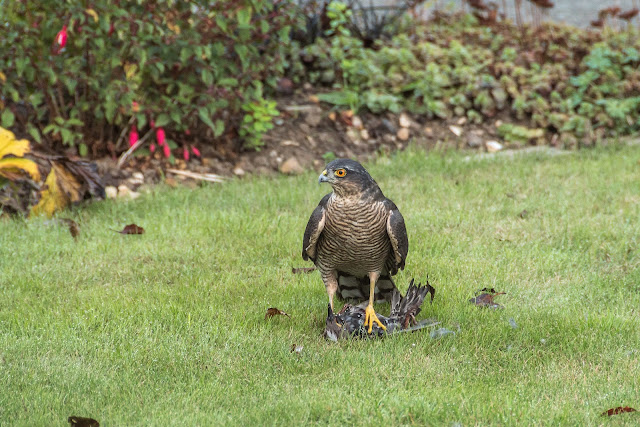Polstead church of St Mary

A distant view of Polstead church of St Mary as we approached. Beautiful surroundings in the pretty village of Polstead with its lovely pond. St Marys is a delightful church dating originally from 1160 but with major alterations in the 1400’s and 1500’s. Still retaining some Norman clerestory windows, its stone spire is the only remaining one of its kind in Suffolk. North view South view St Mary has an unusual nave roof. Back in the 1980s, essentail repairs had to be carried out economically. Aluminium was chosen, and is a striking sight from a distance on a sunny day. The stone spire The entrance Not difficult to see in the stonework where previous alterations have been made. One of the little clerestory windows An extraordinary brick octagonal font, which might be any age, but is set on a 13th century base. The most striking aspect of the interior is the colour, the combination between white walls and the red brick of the arcade arches. These bricks bear close examination...




